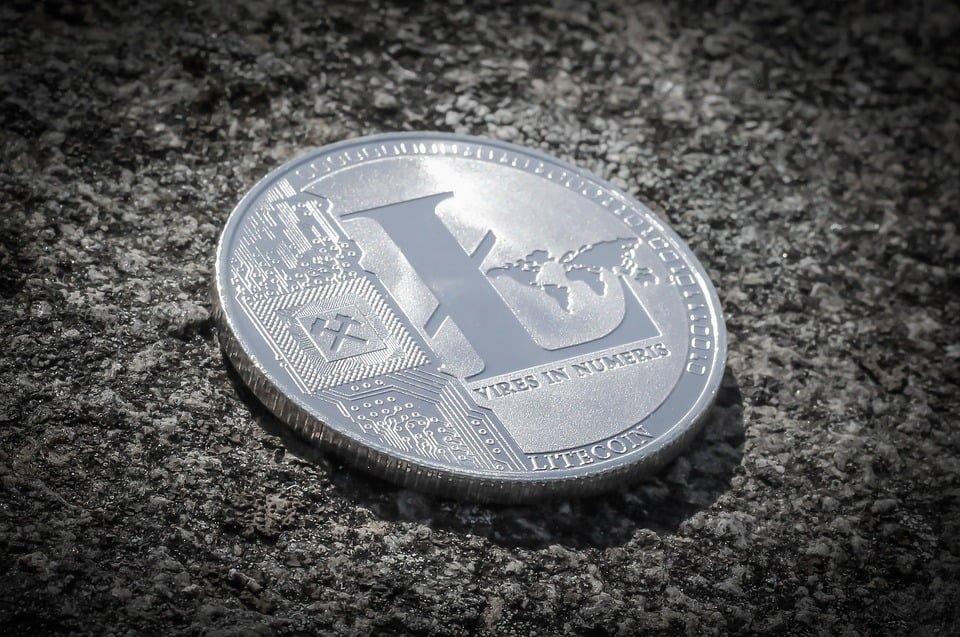The Federal Reserve, the central banking system of the United States, is facing a dilemma as it navigates through a period of uncertainty in monetary policy. With the ongoing challenges posed by the COVID-19 pandemic and the accompanying economic fallout, the Fed has been tasked with implementing policies to stabilize the economy while also preparing for potential future risks.
One of the biggest dilemmas the Fed is currently facing is how to balance the need for continued support for the economy with concerns about rising inflation. The pandemic has led to unprecedented levels of government stimulus and monetary support, with the Fed lowering interest rates to near-zero levels and engaging in large-scale asset purchases to provide liquidity to financial markets. While these measures have been crucial in stabilizing the economy and preventing a deeper recession, they have also raised concerns about the potential for inflation to rise to levels not seen in decades.
Inflation has been a persistent concern for the Fed, as the central bank aims to achieve a target inflation rate of 2% to support a stable and healthy economy. However, the recent surge in consumer prices, driven in part by supply chain disruptions and increased demand as the economy reopens, has raised fears that inflation may become more persistent and lead to a sustained increase in prices. This has put the Fed in a difficult position, as it must decide whether to continue its accommodative monetary policy stance or start to tighten policy to prevent inflation from spiraling out of control.
Another dilemma facing the Fed is how to communicate its future policy intentions to the public and financial markets. With uncertainty still looming over the trajectory of the pandemic and the pace of economic recovery, the Fed must carefully manage expectations about its future actions to avoid causing unnecessary volatility in financial markets. This balancing act has become even more challenging in recent months, as investors and analysts closely scrutinize every word from Fed officials for clues about the central bank’s next moves.
In response to these challenges, the Fed has adopted a more cautious and data-dependent approach to its monetary policy decisions. Fed Chair Jerome Powell has repeatedly emphasized that the central bank will take a patient and flexible approach to policy decisions, closely monitoring economic data and trends before making any changes to its policy stance. This approach has helped to reassure markets and provide some stability in uncertain times, but it also means that the Fed’s actions may not always be predictable or clearly communicated to the public.
Moving forward, the Fed will continue to face difficult decisions as it navigates through the uncertainty in the economy and financial markets. The central bank’s ability to carefully manage its monetary policy decisions and communicate its intentions effectively will be crucial in ensuring a stable and sustainable economic recovery in the months and years ahead. Ultimately, the Fed’s dilemma lies in striking the right balance between supporting the economy and preventing inflation, all while navigating through a period of unprecedented uncertainty.









